
Peoples and Languages
Social Media
Leave comments, suggestions, keep an eye on news in our groups on VK, Odnoklassniki and Telegram channel


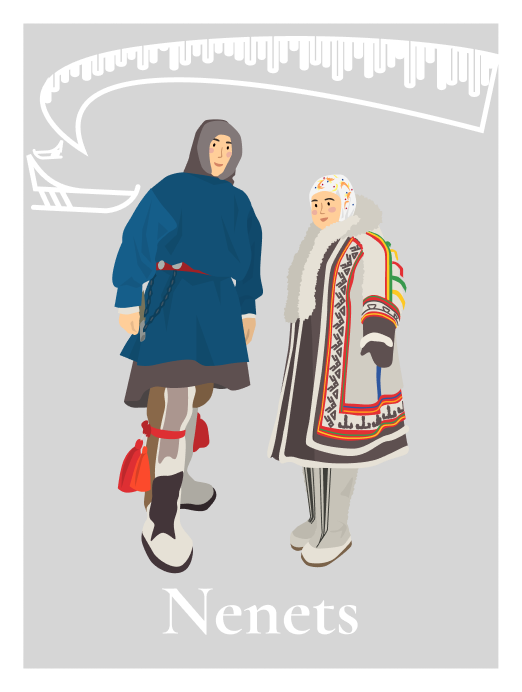
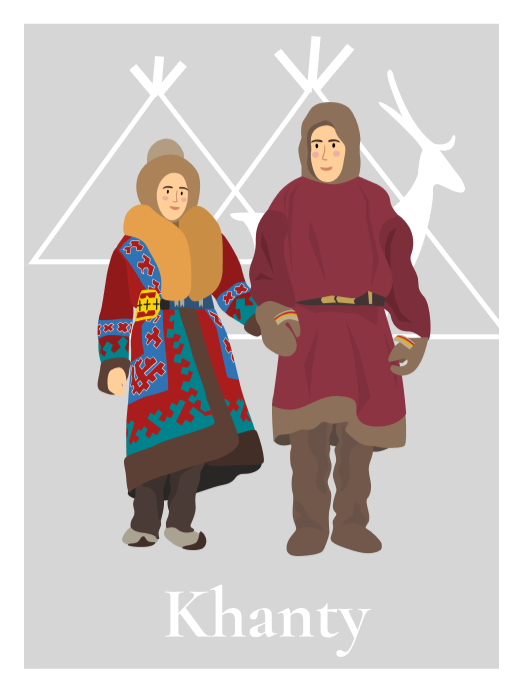


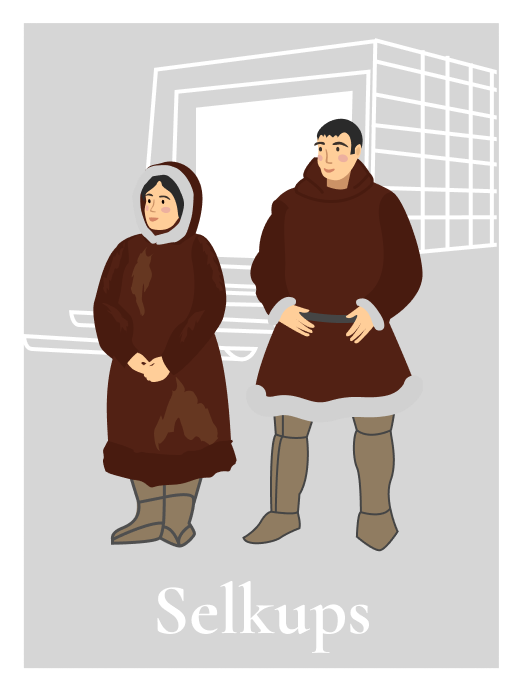
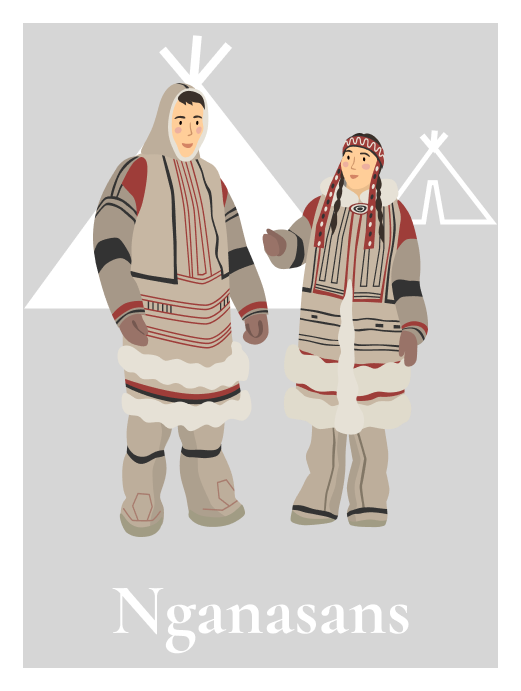
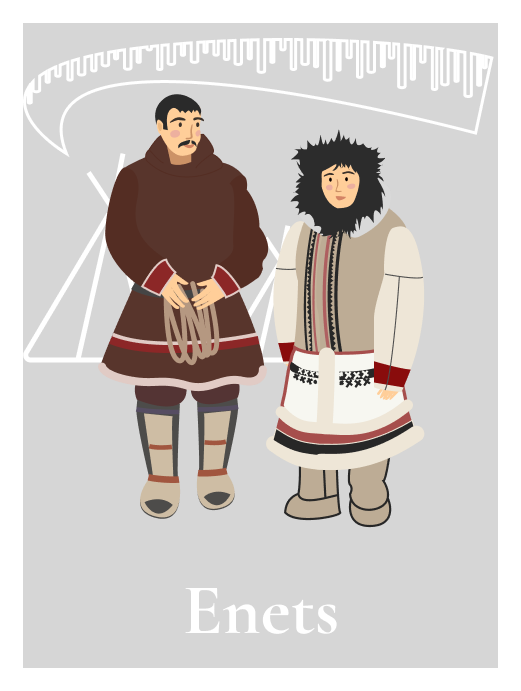
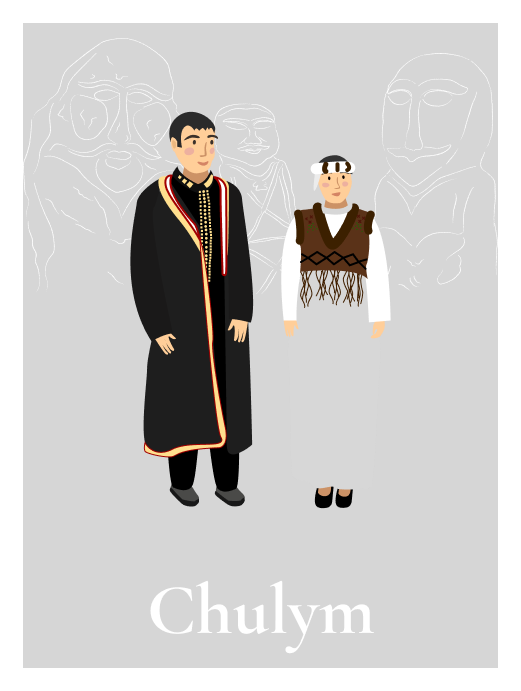
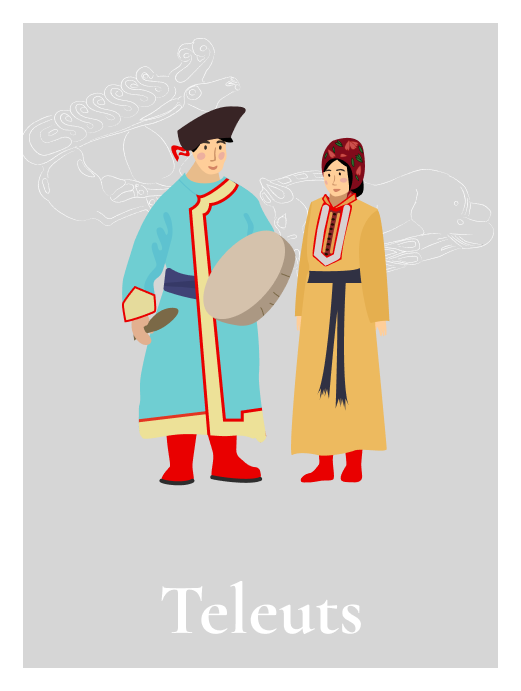


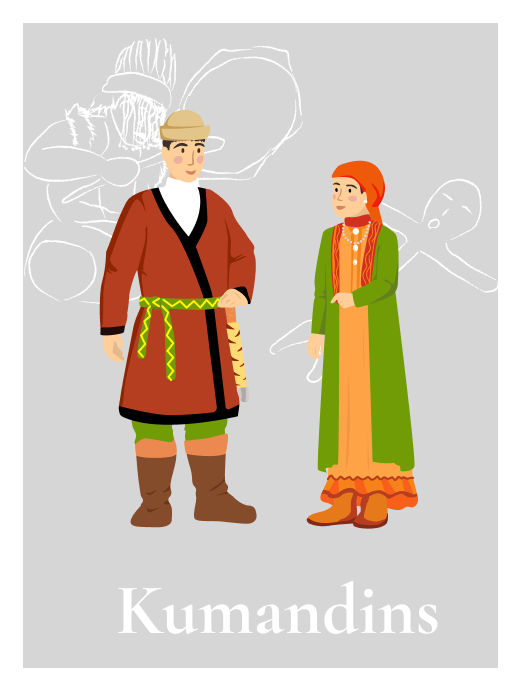

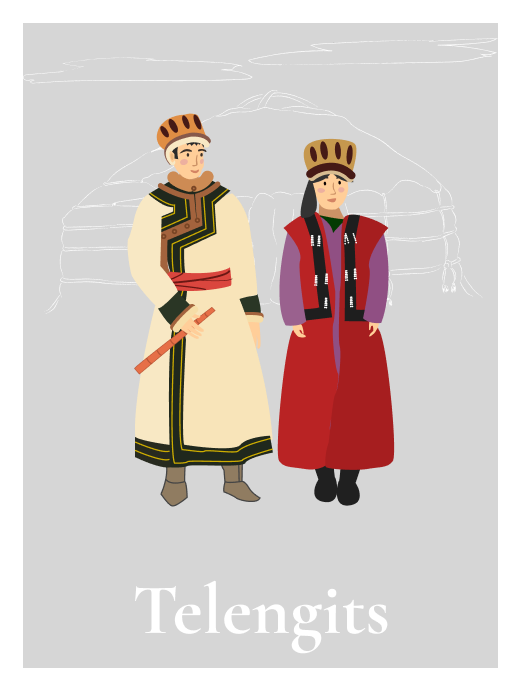

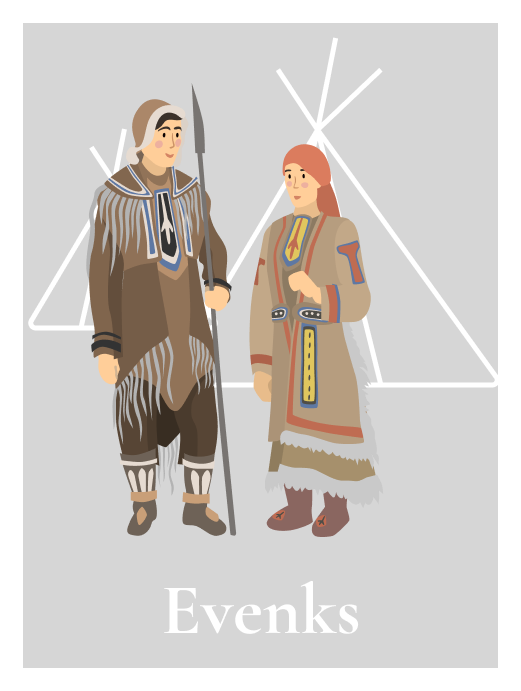
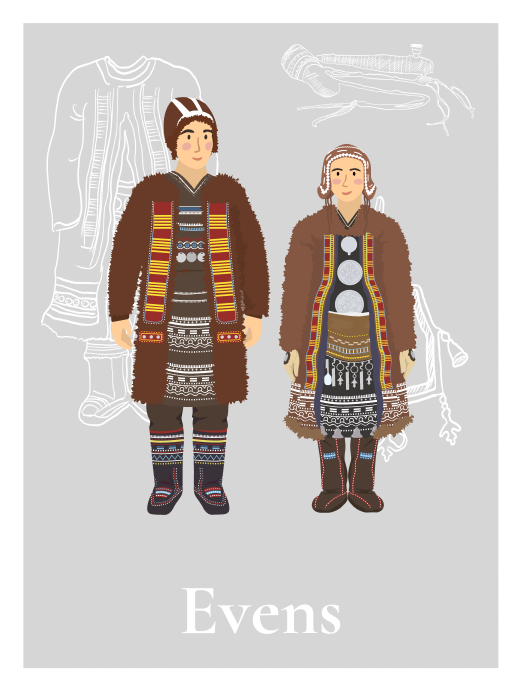
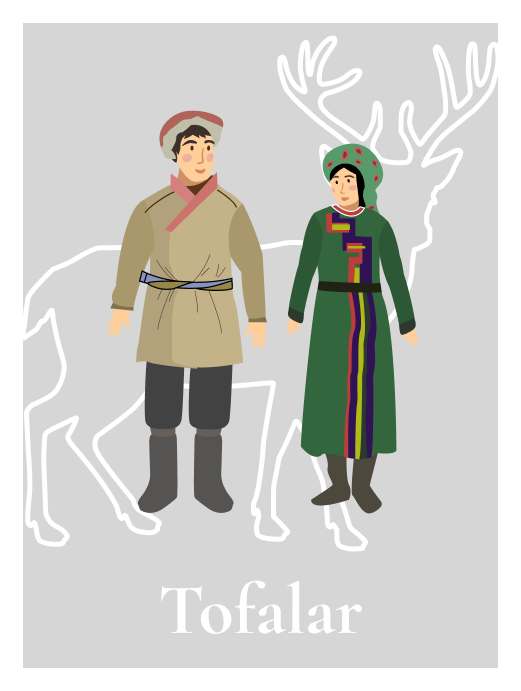
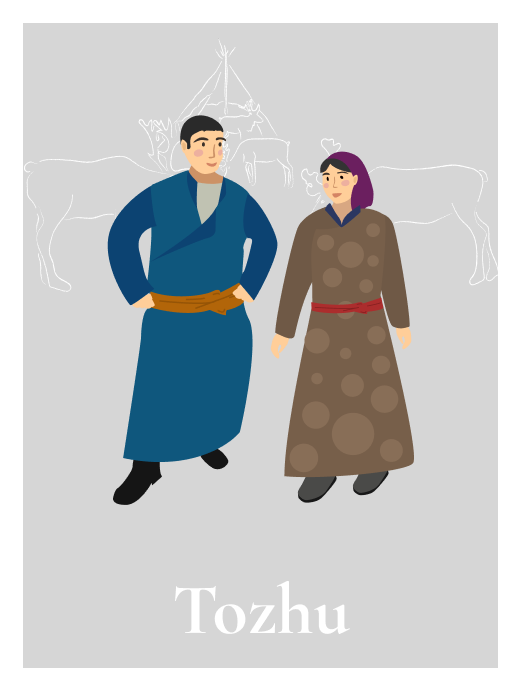
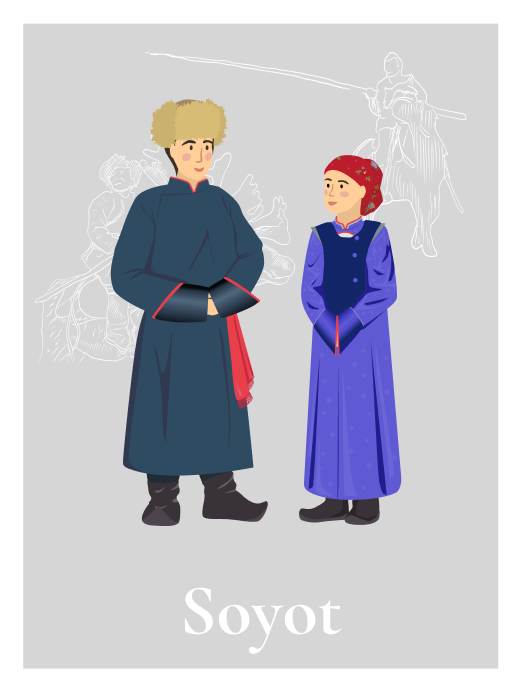
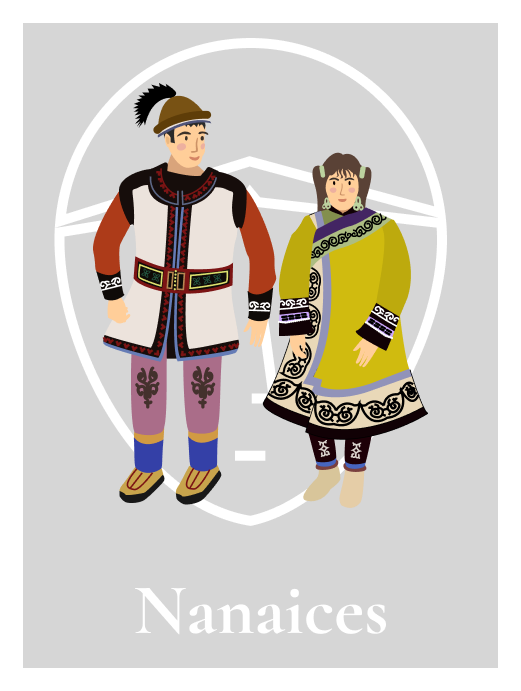
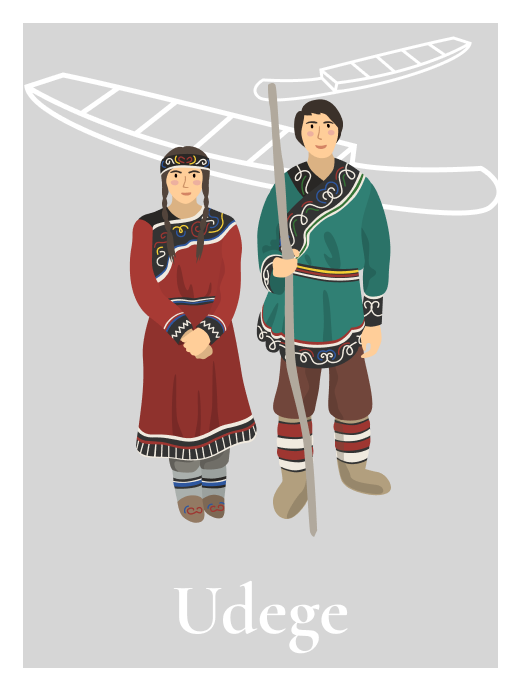

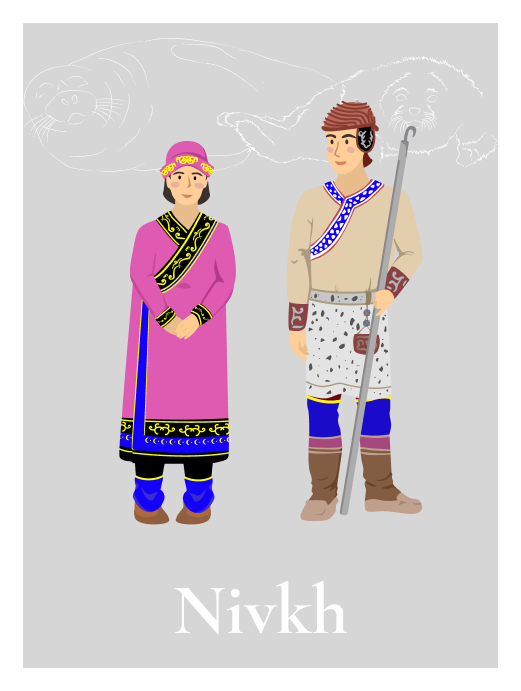
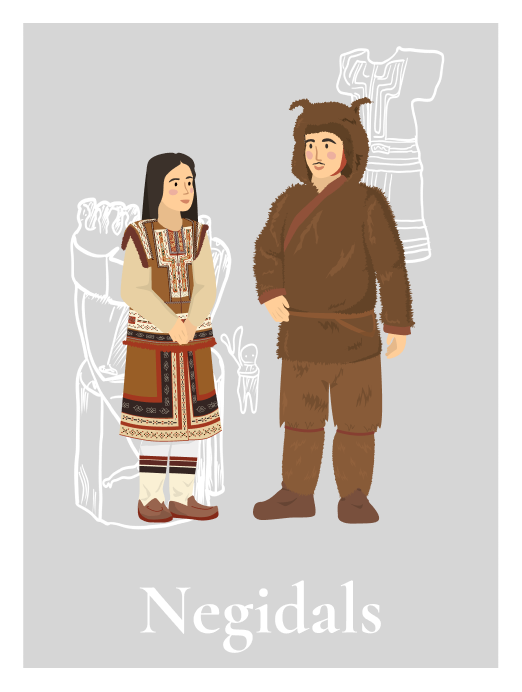
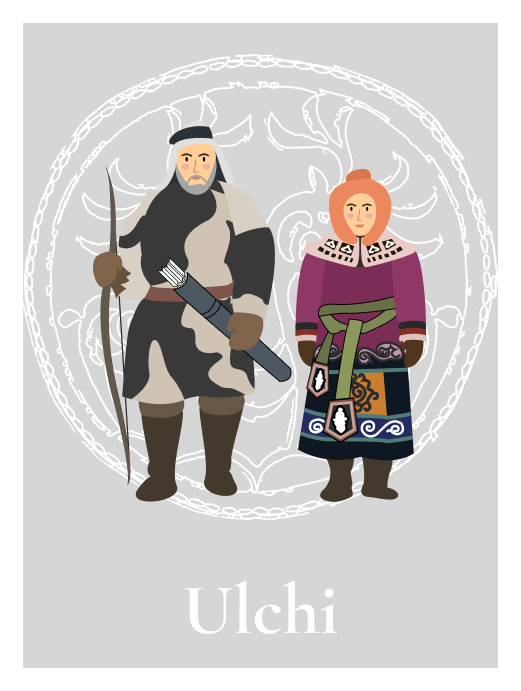


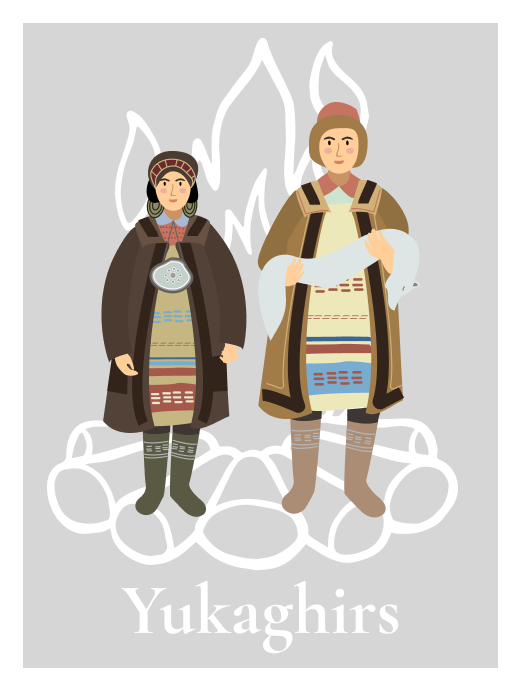
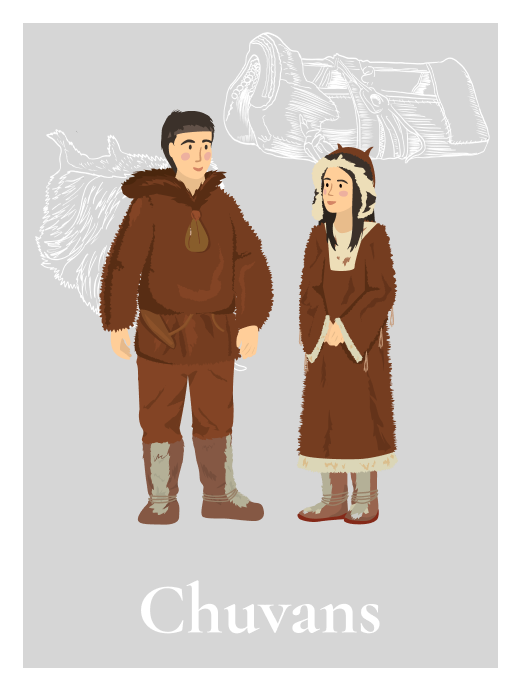
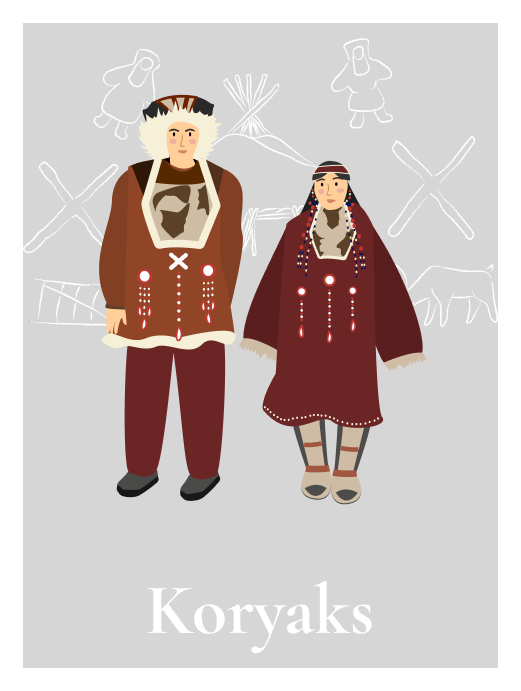

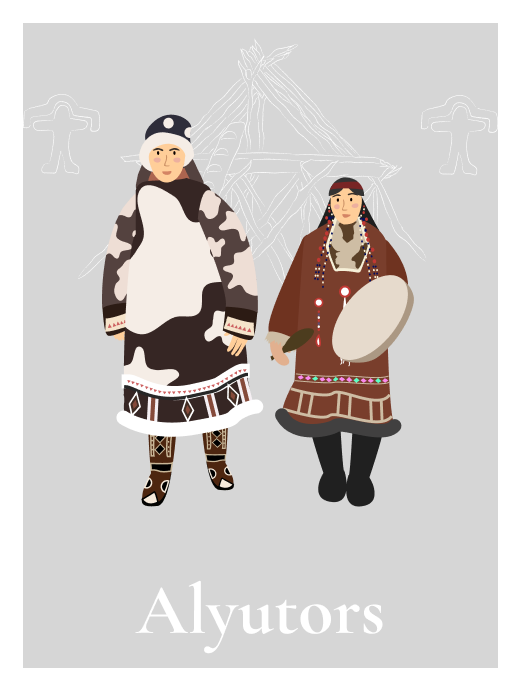


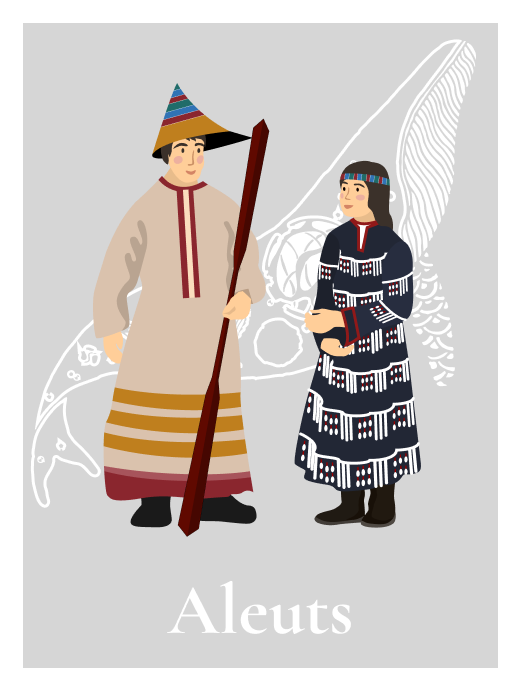

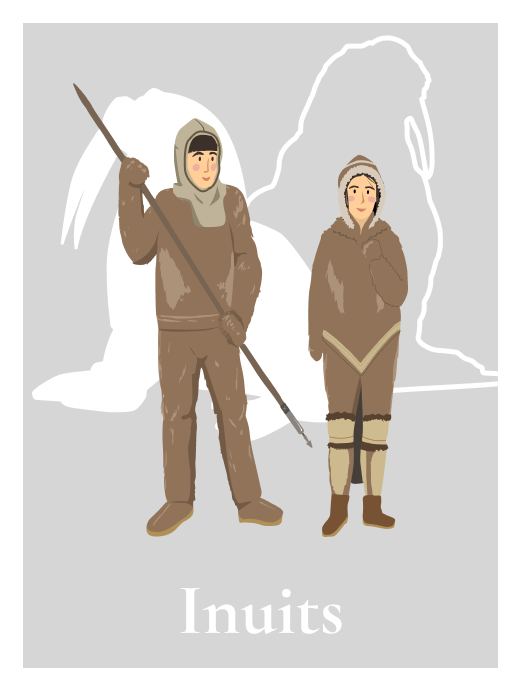
In the 1920s, Chukchi was renamed Luoravetlan (from the Chukchi autoethnonym of ӆыгъоравэтӆьат (sing. ӆыгъоравэтӆьан) [real people]). However, this name never really caught on, although population censuses still use it as a second one to the ethnonym of Chukchi.

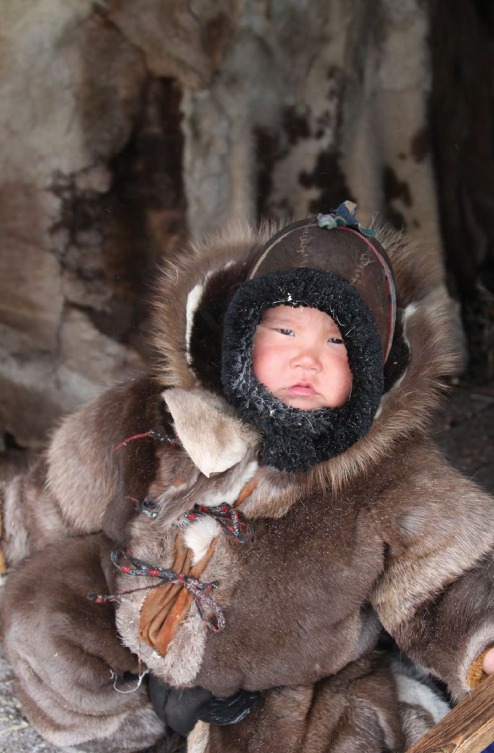
According to the 2020 Census, 2607 people spoke Chukchi. The same source says that there were 16228 Chukchi registered in Russia. Historically, Chukchi were not the only ones speaking Chukchi. On the other hand, some Chukchi are more fluent in other languages of indigenous peoples, e.g. Even or Koryak. In addition to Chukchi, the Chukchi language is spoken by some of the Evens and Yukaghirs of the Nizhnekolymsky District, Koryaks and Evens of Kamchatka, Inuits from the coasts of the Chukchi Sea. Such multilingualism is the consequence of the gradual relocation of Chukchi from the cold tundras on the high grounds of the northeasternmost point of Eurasia to the forest-covered mounds of the foothills of Koryak mountain country, south tundra, and foothills of the Kolymsky ridge, as well as the plain tundras of the lower reaches of the Kolyma and Alazeya rivers. This expansion formed the periphery of the Chukchi range, i.e. the traditional Chukchi territory up until the 17th century (the so-called Chukotskaia zemlitsa). This periphery should include certain portions of the coast of the Chukchi and Bering Seas, where Chukchi settlements existed side by side with Asian Inuit habitations. This coast can also be considered the periphery of the Inuit main territory, the western border of their settlements. In this multilingual area, Chukchi was the language of inter-ethnic communication. In addition, before the beginning of the 20th century, Chukchi usually spoke only their own language and often did not understand even Russian, with the exception of the furthest Chukchi nomad camps between the Alazeya and Indigirka rivers, where the inhabitants gradually assimilated and adopted languages and customs of local people.